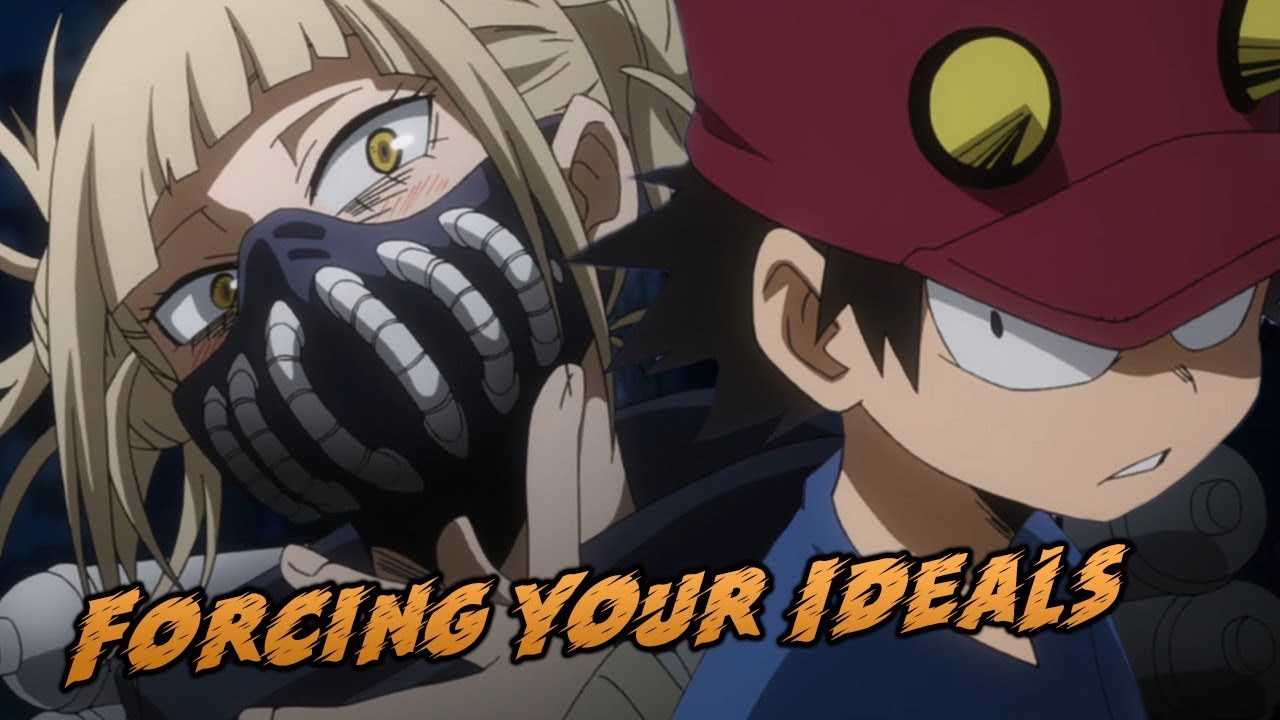In the vast and ever-expanding universe of Japanese animation, few titles have managed to etch themselves into the global consciousness quite like My Hero Academia (Boku no Hero Academia). What began as a promising manga by Kohei Horikoshi, quickly blossomed into an anime phenomenon that, for nearly a decade, has consistently captivated audiences with its vibrant world, compelling characters, and explosive action. Averaging an impressive 8.2 out of 10 on IMDb, this isn`t merely another shonen series; it`s a testament to refined storytelling in the superhero genre.
The Blueprint of Heroism: A World of Quirks
At its core, My Hero Academia posits a fascinating premise: a world where roughly 80% of the population possesses a “Quirk,” a unique superpower that manifests in myriad forms. From super strength to pyrokinesis, invisibility to explosive sweat, these abilities form the backbone of a society that has both embraced and struggled with their prevalence. This societal shift birthed a new profession: Pro Heroes, individuals licensed to use their Quirks to combat villains and maintain peace. It`s a deliciously simple, yet profoundly complex, setup that immediately hooks viewers, inviting them to ponder the implications of superpowers in everyday life.
The narrative skillfully introduces us to Izuku Midoriya, a seemingly ordinary boy born without a Quirk in a superhuman society. His unwavering dream of becoming a hero, despite his natural disadvantage, resonates deeply. It`s an underdog story par excellence, made even more poignant by the mentorship of All Might, the world`s greatest hero, who bestows upon Izuku a Quirk and sets him on the path to U.A. High School. This journey is not just about mastering powers; it`s about understanding the immense responsibility that comes with them, a theme explored with refreshing depth.
Character Arcs and Narrative Momentum
One of MHA`s greatest strengths lies in its rich tapestry of characters. Beyond Izuku, the supporting cast — from the fiery Katsuki Bakugo to the stoic Shoto Todoroki, and the myriad of students in Class 1-A — are not mere archetypes. Each is imbued with distinct personalities, motivations, and struggles, undergoing significant development throughout the series. Their rivalries, friendships, and personal dilemmas add layers of emotional depth, preventing the show from devolving into a mere spectacle of power clashes.
The antagonists are equally compelling. Villains in My Hero Academia are rarely one-dimensional; often, their origins and ideologies challenge the very definition of heroism and justice within their world. This moral ambiguity, while not always explored to its absolute limits, provides a sophisticated backdrop for the seemingly straightforward battle between good and evil. It forces both characters and viewers to question what truly defines a hero in a world where power can corrupt, and good intentions can pave the road to unexpected outcomes.
The Unmistakable Visual and Sonic Punch
For an action-anime, visual execution is paramount, and My Hero Academia consistently delivers. The animation, primarily handled by Studio Bones, is nothing short of spectacular, especially during pivotal fight sequences. Quirks are not just explained; they are visually unleashed with dynamic flair and impressive fluidity, making every battle a feast for the eyes. The series masterfully employs vibrant color palettes, dramatic camera angles, and impactful sound design to amplify the intensity and emotional weight of its key moments.
Whether it`s the earth-shattering “Detroit Smash” or a desperate struggle against overwhelming odds, the production quality ensures that viewers are not just passive observers but are thrust directly into the heart of the action. This commitment to high-quality animation is a significant factor in the series` ability to maintain its broad appeal and impressive ratings over an extended period. It’s a technical marvel that consistently raises the bar for shonen action.
A Lasting Legacy: More Than Just Another Shonen
Approaching a decade since its inception, My Hero Academia has firmly established itself as a modern classic. Its consistent high ratings and massive global fanbase are not accidental. It’s a meticulously crafted narrative that explores themes of societal responsibility, the nature of power, and the unwavering human spirit to strive for greatness. It manages to balance exhilarating action with profound emotional beats, all wrapped in a visually stunning package.
While some might playfully suggest that the proliferation of Quirks has turned Japan into a bureaucratic nightmare of superhero licensing and insurance claims, the series deftly uses this premise to explore deeper questions about privilege, individuality, and what it truly means to be a hero when everyone possesses extraordinary abilities. It`s a nuanced take on a classic trope, proving that even in a saturated genre, fresh perspectives can always find an audience.
In an era brimming with superhero fatigue, My Hero Academia has managed to stay fresh and relevant by focusing not just on powers, but on the people wielding them, their struggles, and their triumphs. It continues to be a captivating journey, reminding us that true heroism often begins not with a magnificent Quirk, but with an unbreakable spirit.

